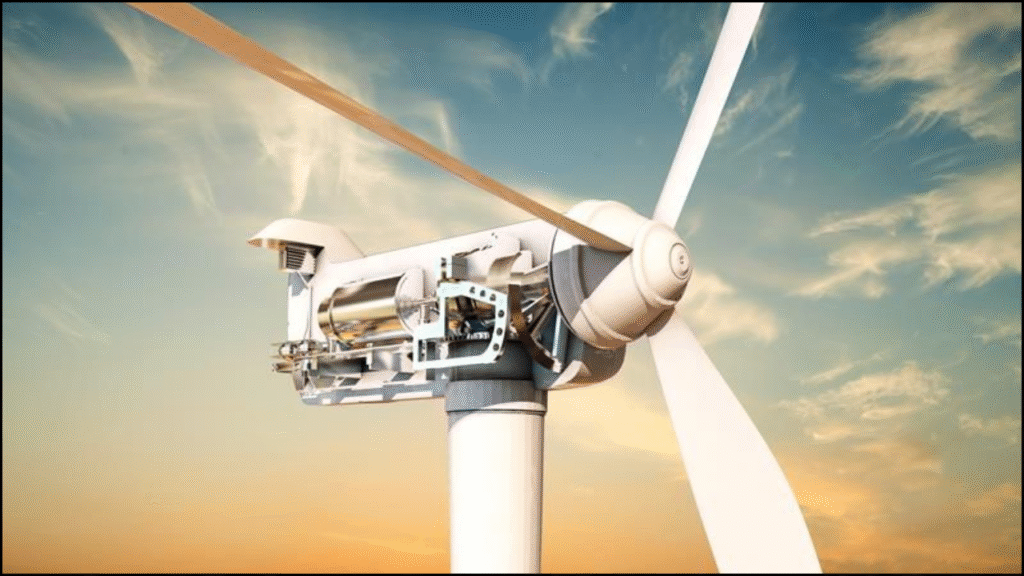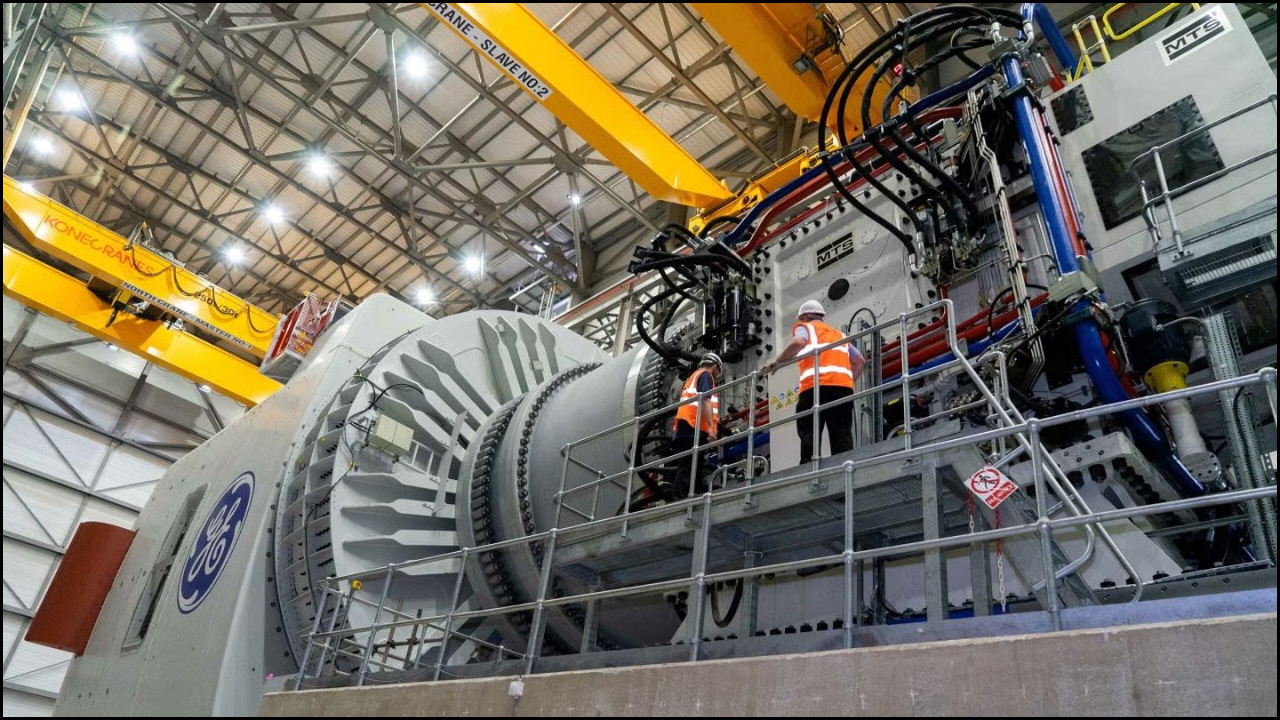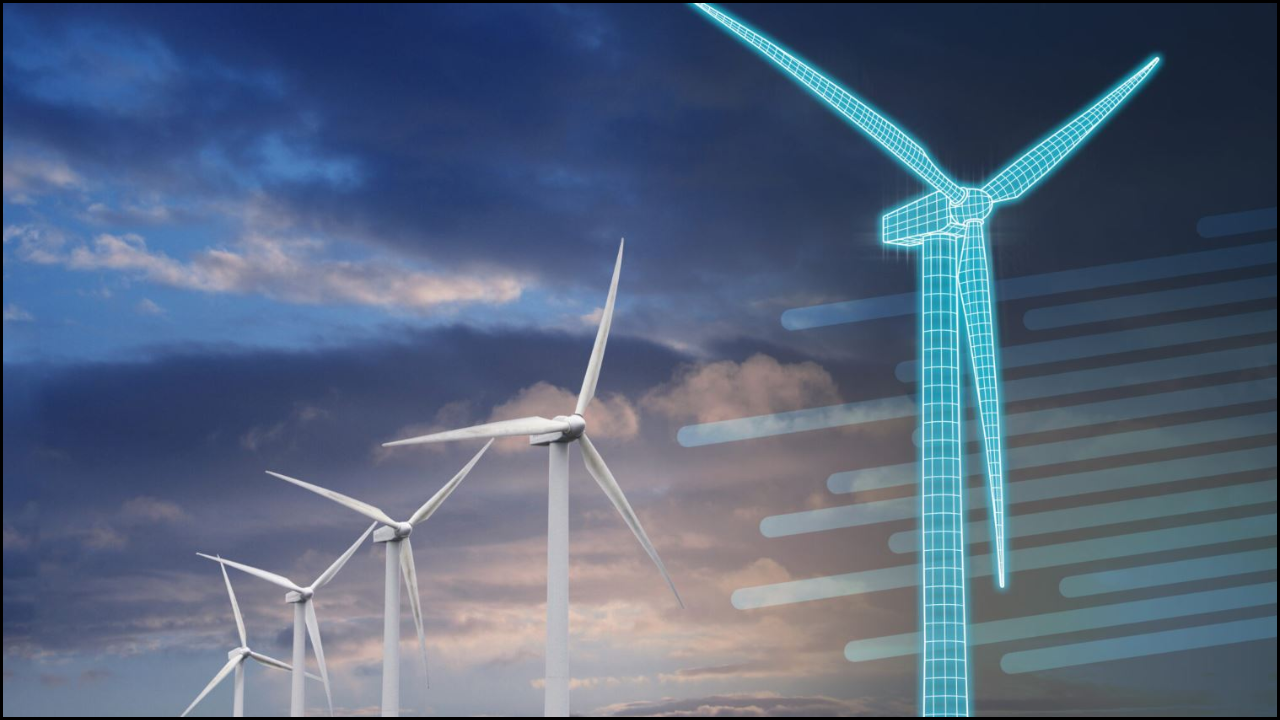
Offshore wind power stands as one of the most promising renewable energy sources for the 21st century. Growing global demand for clean electricity and the urgent need to reduce carbon emissions have made offshore wind energy a key player in achieving net-zero goals. Expanding from nearshore installations to deep-sea floating turbines, the industry is entering an era defined by technological breakthroughs, policy support, and international collaboration. The future of offshore wind power depends on innovation, cost efficiency, and global cooperation among governments, private companies, and research institutions.
Table of Contents
1. Technological Evolution in Offshore Wind Power
Technological progress remains the backbone of offshore wind power’s transformation. Emerging turbine designs, installation methods, and energy storage solutions are redefining the limits of what the ocean can provide.
- Larger Turbines and Higher Capacities: Modern turbines now exceed 15 MW, with rotor diameters of over 200 meters, capturing more energy with fewer units.
- Floating Wind Platforms: Floating wind technology allows turbines to be installed in deeper waters, expanding potential installation areas and improving wind capture efficiency.
- Smart Sensors and AI Integration: Artificial Intelligence (AI) and smart sensors monitor performance, predict maintenance needs, and enhance reliability.
- Advanced Materials: Lightweight composites and corrosion-resistant coatings increase lifespan and reduce maintenance costs.
Technological Milestones in Offshore Wind Development
| Innovation | Description | Impact on Efficiency |
|---|---|---|
| Larger Turbines | 15–20 MW turbines with wide rotor diameters | Higher output per turbine |
| Floating Platforms | Semi-submersible and tension-leg designs | Access to deeper offshore zones |
| AI Predictive Maintenance | Real-time turbine performance analytics | Reduced downtime and costs |
| Improved Blades | Aerodynamically optimized and recyclable materials | Enhanced energy yield and sustainability |
2. Global Expansion and Market Growth
Global expansion defines the offshore wind industry’s rapid evolution. Europe once dominated the sector, but now Asia and North America are establishing strong markets through new policies and investments.
- Europe remains a pioneer with major projects in the North Sea and Baltic regions.
- Asia-Pacific is emerging as the fastest-growing market, led by China, Japan, South Korea, and Taiwan.
- North America has begun large-scale development along the East Coast, supported by ambitious renewable energy goals.
- Emerging Markets such as India, Vietnam, and Brazil are entering the sector with pilot projects and feasibility studies.
Global Offshore Wind Capacity (Projected by 2035)
| Region | Current Capacity (GW) | Projected Capacity (GW) | Key Countries |
|---|---|---|---|
| Europe | 35 | 120 | UK, Germany, Denmark, Netherlands |
| Asia-Pacific | 25 | 150 | China, Japan, South Korea, Taiwan |
| North America | 5 | 60 | USA, Canada |
| Rest of the World | 2 | 30 | India, Vietnam, Brazil, Australia |
3. Innovations in Installation and Maintenance
Installation and maintenance techniques are advancing to lower costs and minimize environmental disruption. Robotics, digital monitoring, and modular construction are transforming how projects are executed.
- Autonomous Vessels and Drones
Drones perform aerial inspections, while autonomous vessels assist in underwater maintenance. - Modular Turbine Assembly
Modular construction enables faster installation and easier transport of components. - Predictive Analytics
Real-time data analysis helps identify issues before they cause operational failures. - Underwater Robotics
Robots perform cable inspection, cleaning, and repair without human divers.
Maintenance Innovations and Benefits
| Technology | Function | Benefit |
|---|---|---|
| Drones | Blade inspection and monitoring | Faster, safer assessments |
| Autonomous Vessels | Offshore structure support | Reduced manpower and risk |
| Predictive Analytics | Data-driven maintenance forecasting | Cost and downtime reduction |
| Underwater Robots | Subsea cable inspection | Improved reliability and longevity |
4. Environmental and Economic Benefits
Offshore wind power not only cuts emissions but also contributes to job creation and energy independence. The global transition toward offshore renewables aligns with both environmental and economic priorities.
- Carbon Reduction: Offshore wind farms replace fossil fuel-based electricity, preventing millions of tons of CO₂ emissions annually.
- Job Creation: Engineering, logistics, and manufacturing sectors benefit from increased employment opportunities.
- Energy Security: Countries with limited land space gain new options for sustainable power generation.
- Marine Ecosystem Management: Artificial reef structures around turbine bases often enhance marine biodiversity.
Economic and Environmental Contributions
| Category | Contribution | Outcome |
|---|---|---|
| Carbon Emissions | Reduction by ~1.5 billion tons by 2050 | Cleaner atmosphere |
| Employment | 1.2 million new jobs worldwide | Economic stimulation |
| Local Industry Growth | Boost in ports and shipbuilding | Infrastructure development |
| Marine Life | Biodiversity enhancement around structures | Ecological balance |
5. Policy Framework and International Cooperation
Strong policy frameworks and collaborative initiatives drive global offshore wind progress. Governments, corporations, and international organizations are working together to establish standards and encourage investment.
- Government Incentives: Feed-in tariffs, tax credits, and renewable energy auctions accelerate private investment.
- Public-Private Partnerships (PPP): Partnerships combine state funding with corporate expertise for large-scale projects.
- Global Forums: Platforms like the Global Wind Energy Council (GWEC) and IRENA encourage policy alignment.
- Cross-Border Grid Development: Regional power networks allow nations to share energy resources and reduce transmission costs.
Global Collaboration Initiatives
| Initiative | Focus Area | Participating Regions |
|---|---|---|
| North Sea Energy Cooperation | Shared grid and project coordination | Europe |
| GWEC Global Offshore Wind Task Force | Policy advocacy and data sharing | Worldwide |
| Asian Offshore Wind Partnership | Technology transfer and investment | Asia-Pacific |
| US-EU Clean Energy Dialogue | Innovation and regulatory cooperation | North America, Europe |
6. Challenges and Future Prospects
While the future of offshore wind is bright, challenges must be addressed to ensure sustainable growth. High capital costs, supply chain constraints, and environmental concerns remain key considerations.
- High Initial Investment due to advanced turbine technology and installation complexity.
- Grid Integration requires large-scale infrastructure and smart grid solutions.
- Supply Chain Optimization to ensure the timely delivery of turbine components.
- Environmental Regulations that balance marine protection with renewable development.
Key Challenges and Solutions
| Challenge | Proposed Solution | Expected Impact |
|---|---|---|
| High Costs | Financial incentives and R&D funding | Lower investment barriers |
| Grid Integration | Offshore substations and storage | Stable power delivery |
| Supply Chain Issues | Local manufacturing hubs | Reduced delays |
| Environmental Impact | Eco-friendly installation methods | Minimal ecological disruption |
Summing Up
Offshore wind power represents the future of clean energy generation on a global scale. Innovation in turbine design, floating technology, and smart monitoring is reshaping how the world harnesses ocean wind. International collaboration and strategic policies are unlocking new markets while ensuring environmental sustainability. With continued investment, research, and shared expertise, offshore wind energy will remain a cornerstone of the world’s transition toward a cleaner and more resilient energy future.





